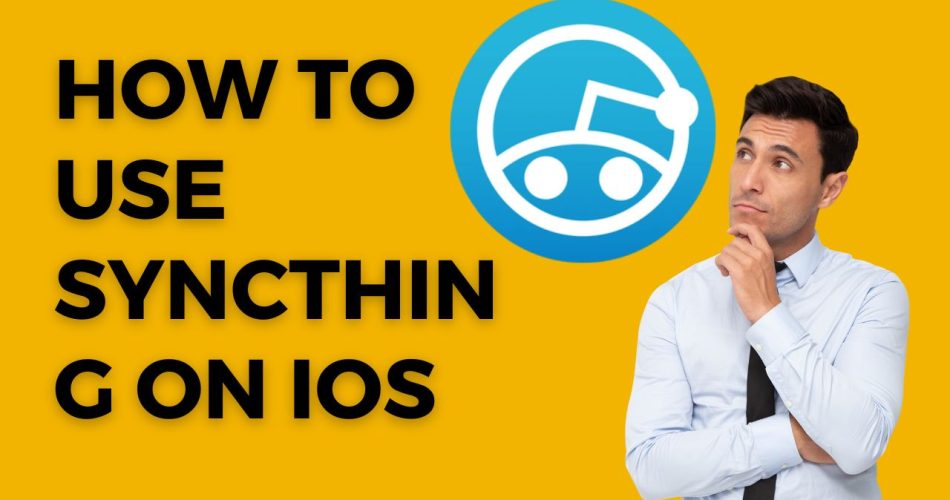Syncthing is an open-source continuous file synchronization program that allows you to sync files between devices without relying on a cloud service. It works on various platforms like Windows, Mac, Linux, Android etc. but unfortunately there is no official iOS support currently.
However, there are some third party iOS apps like Möbius Sync that bring Syncthing functionality to iOS devices. Let’s check out how to setup and use Syncthing on an iPhone or iPad using Möbius Sync.
How to Install Möbius Sync
To get started, download and install the Möbius Sync app on your iOS device from the App Store.
Möbius Sync is available in both a free and paid pro version. The free version allows syncing up to 20MB of data while the pro version removes any limits. For this guide, you can use the free version to test out the functionality.
How to Connect to Syncthing Device
Once Möbius Sync is installed, open the app and tap on “Add Device” to connect to an existing Syncthing device.
You will need to enter the following details of the Syncthing device:
- Device ID: This is the unique device ID available in Syncthing GUI.
- Hostname: IP address or hostname where Syncthing is running.
- Port: Default is 22000 if not changed.
- Folder ID: ID of the folder you want to sync from this device.
Connecting Syncthing device in Mobius Sync
Enter the details and tap Save. The app will now connect and sync the folder from Syncthing device.
How to Access Synced Files
Due to iOS restrictions, Möbius Sync cannot directly access files from other apps. Any synced files reside within the Möbius Sync sandbox.
To access the synced files, you need to use the standard iOS Files app. Open Files and go to “On My iPhone” => “Möbius Sync”. Here you will find all your synced folders that can be accessed like normal files and folders.
You can also copy files in and out of this location to sync to your Syncthing device.
Sync Frequency and Limitations
Since iOS does not allow apps to run continuously in background, Möbius Sync can only sync while the app is open or for a short while when app is closed.
There is no continuous or scheduled sync option. You need to periodically open the Möbius Sync app for the sync process to be triggered.
For photos and videos sync, iOS restrictions make it very difficult currently. This functionality may be added in future versions of the app.
Hence, while Möbius Sync provides Syncthing capabilities on iOS, there are some limitations:
- No continuous background sync
- Access to synced files requires Files app
- No photo or video sync
- Need to manually trigger sync by opening app
Hopefully Apple makes it easier for such apps in future iOS versions. But for now, Möbius Sync is the closest option available to use Syncthing functionality on an iPhone or iPad.
Conclusion
Although not perfect, Möbius Sync enables transferring and syncing files between your iOS device and Syncthing supported computers or devices. It bridges the gap of lacking official Syncthing iOS support.
The setup involves installing Möbius Sync on your iPhone/iPad and then connecting it to existing Syncthing devices. Any synced files reside within the Möbius Sync sandbox and can be accessed using the Files app for further usage.
Limitations like lack of continuous sync can be frustrating but can be worked around by periodically opening the Möbius Sync app. For anyone looking to integrate an iPhone/iPad into their Syncthing workflow, Möbius Sync is currently the best option available.

